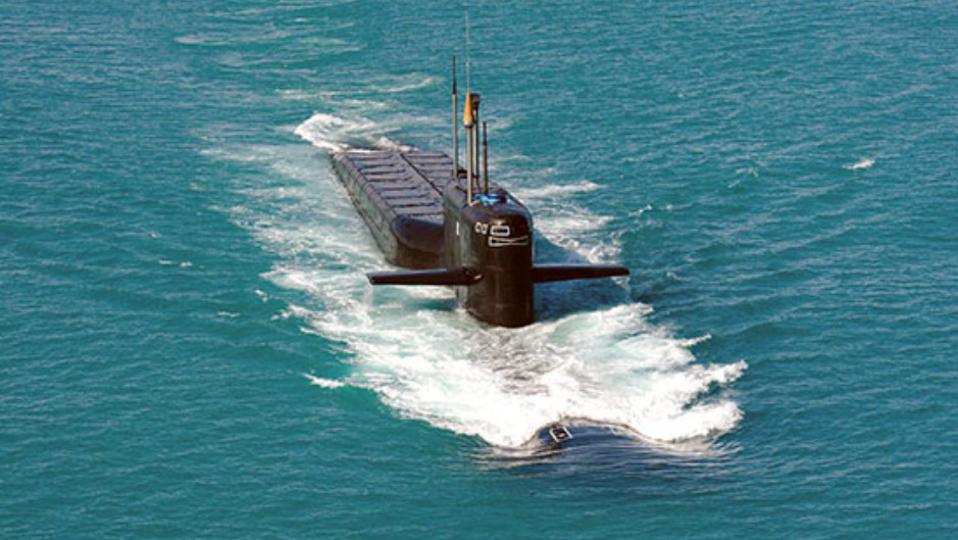On October 17 a Russian nuclear submarine launched an intercontinental ballistic missile. It flew hundreds of miles before falling into the sea off Russia's Arctic coast. The high-profile tests, part of the nationwide Thunder-2019 nuclear drill, were watched over by President Putin. The problem? Two missiles were supposed to have been fired.

Russian Delta-III Class submarine K-44 Ryazan. The tops of the 16 missile tubes are visible behind ... [+]
Problems during missile tests are not unknown, and can happen in any nation. Submarines are designed to carry several missiles to ensure that some get through. Current Russian submarines carry 16 missiles and the U.S. Navy's Ohio Class 'boomers' can carry 24. But every failure is closely monitored for any hints it provides to readiness levels and serviceability.
Russian Ministry of Defense sources, cited by Russian media, stated that the decision not to fire the second missile was made immediately prior to the launch. "After evaluating the information on the technical condition of one of the submarine's missiles received immediately before launch, it was decided not to use it in a training strike".
The missile in question was a type known as the R29R, or Stingray to NATO. It has a range of 4000 miles and can deliver up to 7 multiple independently reentry vehicles (MIRVs). Each 0.2 megaton warhead can hit a different target. This means that the missile has a total payload approximately 90 times greater than the bomb dropped on Hiroshima.
The missile was fired by Russia's sole remaining Delta-III type ballistic missile submarine, K-44 Ryazan. She is based in the pacific region, opposite the U.S. West Coast. Laid down in 1980, she ('he' in Russian parlance) was overhauled a couple of years ago and is still in active service. But Ryazan represents a past generation of submarines.
Like much of Russia's submarine-based nuclear deterrent the Stingray missile, and Delta-III submarine, are nearing the end of their operational life. But a fleet of more modern nuclear missile submarines are already on their way to replace them. 7 new Borei-II Class submarines will be built, complementing 3 Borei-I boats already in service. These are all much more modern than the Delta-III, and carry the latest Bulava missile. The Bulava however, has itself suffered failures during tests. Future tests will be watched closely.